How Integrating Inflatable Life Rafts with Advanced Life-saving Equipment can Optimize Maritime Safety
Maritime safety is a critical aspect of seafaring, and the integration of various marine life-saving equipment is crucial for enhancing the survival rates of individuals in emergency situations. Among these, inflatable life rafts play a pivotal role, offering immediate refuge in the event of ship abandonment. However, their effectiveness is significantly amplified when combined with other marine life-saving devices. This article explores the seamless integration of inflatable life rafts with other critical marine safety equipment, highlighting advancements, benefits, and best practices.
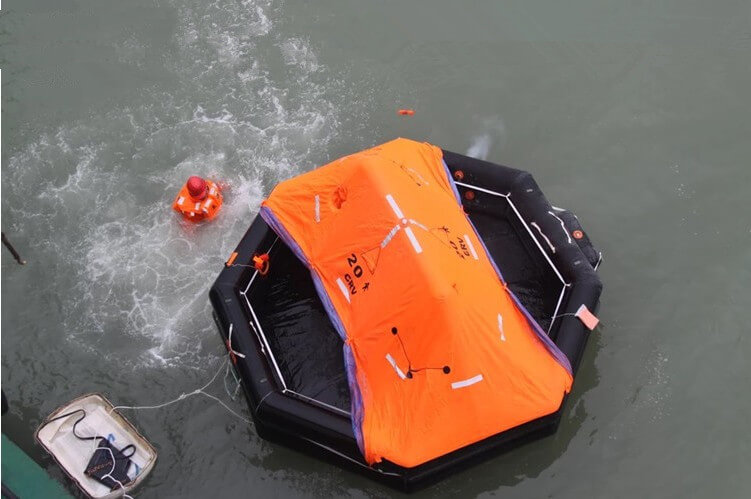
Core Functions of Inflatable Life Rafts
This chart summarizes the core functions of inflatable life rafts, highlighting their essential roles in ensuring the safety and survival of passengers and crew during maritime emergencies.
| Core Function | Description |
| Immediate Refuge | Provides a quick and accessible means of escape from a sinking or endangered vessel. |
| Buoyancy and Stability | Ensures the raft remains afloat and stable in rough seas through multiple air chambers and ballast bags. |
| Thermal Protection | Insulated floors and canopy covers protect occupants from cold water and harsh weather conditions. |
| Visibility | High-visibility colors and reflective strips make the raft easily noticeable to rescuers, both day and night. |
| Survival Support | Equipped with survival kits containing food, water, first aid supplies, and signaling devices to sustain life until rescue. |
| Self-Righting Mechanism | Some models are designed to automatically right themselves if capsized, maintaining safety for occupants. |
| Water Management | Features such as rainwater collection systems and manual desalination kits provide a sustainable water source. |
| Emergency Signaling | Integrated with Emergency Position-Indicating Radio Beacons (EPIRBs) and Personal Locator Beacons (PLBs) for sending distress signals. |
| Ease of Entry | Includes boarding ladders and stabilizing lines to assist people in climbing aboard from the water. |
| Airflow and Drainage | Ventilation ports ensure sufficient airflow; drain plugs help keep the interior dry and comfortable. |
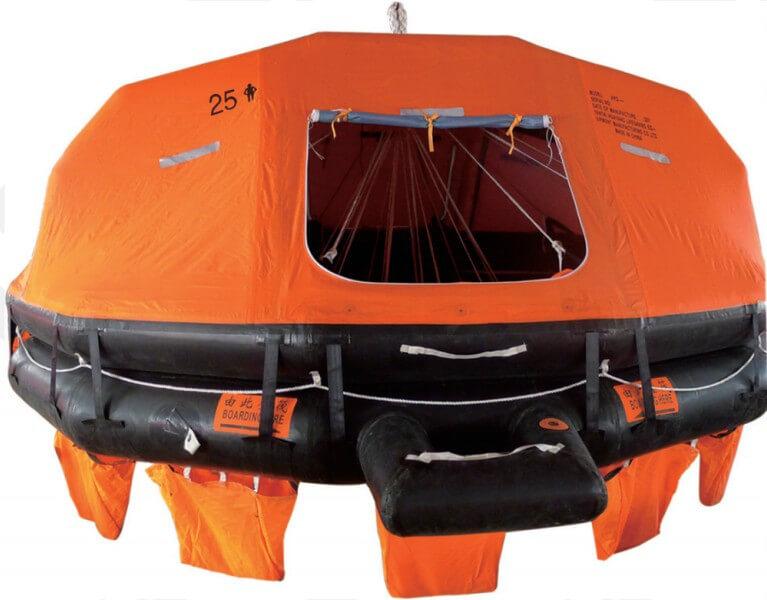
Integration of Inflatable Life Rafts with Various Marine Life-saving Equipment
1. Personal Locator Beacons (PLBs) and Emergency Position-Indicating Radio Beacons (EPIRBs)
- Integration: PLBs and EPIRBs can be pre-installed in life rafts or activated automatically when the raft is deployed.
- Benefit: These devices send distress signals to satellites, providing precise location data to rescue services, which accelerates rescue operations.
2. Automatic Identification Systems (AIS)
- Integration: AIS transponders can be included in life rafts, allowing them to broadcast their location to nearby ships and rescue teams.
- Benefit: Enhanced visibility and tracking of the life raft by other vessels and rescue authorities improve coordination and response time.
3. Survival Suits and Thermal Protective Aids (TPAs)
- Integration: Stored within the life raft, these suits help individuals retain body heat in cold water conditions.
- Benefit: They significantly increase the chances of survival by preventing hypothermia, which is crucial in cold maritime environments.
4. Hydrostatic Release Units (HRUs)
- Integration: HRUs automatically deploy life rafts when submerged in water.
- Benefit: Ensures that life rafts are released and inflated even if the crew is incapacitated or unable to manually launch them, providing a critical safety net in fast-sinking scenarios.
5. Fire Detection and Extinguishing Systems
- Integration: Portable fire extinguishers and integrated fire detection systems are included with the life raft deployment system.
- Benefit: Immediate access to firefighting tools enhances safety by preventing fire damage to the life raft and protecting its occupants.
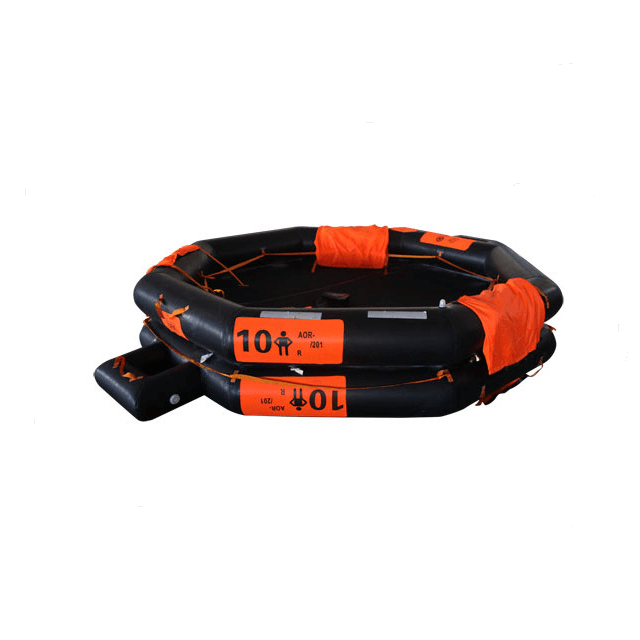
Best Practices for Achieving Optimal Integration of Inflatable Life Rafts with Marine Life-saving Equipment
1. Regular Maintenance and Inspection
Routine Checks and Servicing
- Regular Inspections: Conduct frequent inspections of life rafts and integrated equipment to ensure they are in good working condition.
- Scheduled Servicing: Adhere to a strict maintenance schedule for all components, including inflation systems, hydrostatic release units (HRUs), and signaling devices.
- Update Safety Equipment: Ensure all life-saving equipment is up-to-date and complies with the latest safety standards and regulations.
Importance
Regular maintenance ensures that life-saving equipment is ready for immediate deployment during emergencies, reducing the risk of malfunctions.
2. Comprehensive Training and Drills
Crew Training
- Hands-On Training: Provide crew members with practical training sessions on deploying and using integrated life rafts and associated equipment.
- Emergency Drills: Conduct regular emergency drills that simulate real-life scenarios, allowing crew to practice and refine their response procedures.
Importance
Proper training ensures that crew members are familiar with the equipment and can act swiftly and efficiently in emergencies.
3. Utilizing Advanced Technology
Modern Communication and Tracking Systems
- GPS and AIS Integration: Equip life rafts with GPS and Automatic Identification Systems (AIS) to enhance tracking and location accuracy.
- Satellite Communication Devices: Integrate Emergency Position-Indicating Radio Beacons (EPIRBs) and Personal Locator Beacons (PLBs) for reliable distress signaling.
Advanced Safety Features
- Thermal Protective Aids (TPAs): Include TPAs and survival suits within life rafts to protect occupants from hypothermia in cold water conditions.
- Fire Detection and Extinguishing Systems: Integrate portable fire extinguishers and fire detection systems to address fire-related emergencies.
Importance
Leveraging advanced technology improves the effectiveness of life-saving equipment, enhancing the chances of timely rescue and survival.
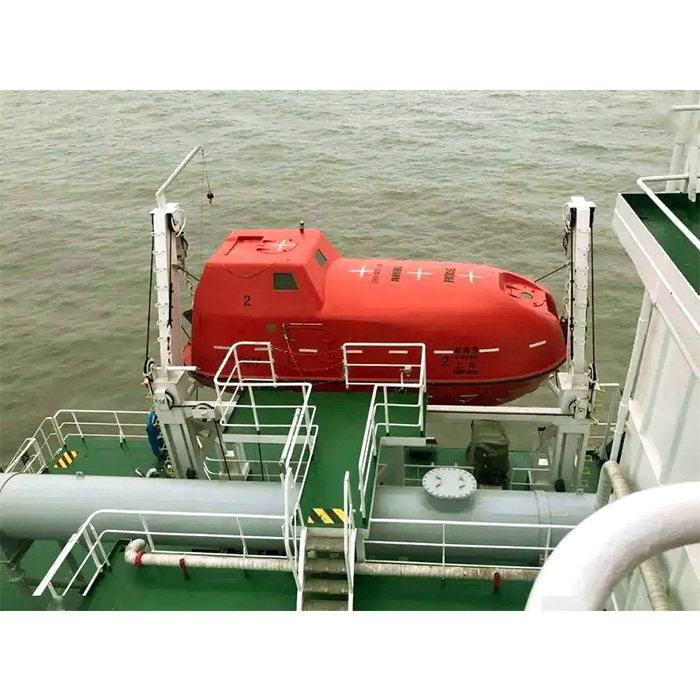
4. Customization for Specific Vessel Needs
Tailored Solutions
- Vessel-Specific Equipment: Customize the integration of life rafts and safety equipment based on the vessel type, size, and operational environment.
- Environmental Considerations: Consider specific environmental conditions such as temperature, sea state, and geographical location when selecting and integrating safety equipment.
Importance
Tailored solutions ensure that the safety equipment is suitable for the specific needs of the vessel and its operational context, maximizing its effectiveness.
5. Regulatory Compliance and Certification
Adherence to Standards
- Compliance with Regulations: Ensure that all life rafts and integrated equipment meet international maritime safety standards and regulations set by organizations such as the International Maritime Organization (IMO) and the United States Coast Guard (USCG).
- Certification: Obtain certification for all integrated safety equipment from recognized regulatory bodies.
Importance
Compliance with regulations and obtaining certifications ensure that the safety equipment is reliable, recognized, and approved for use in maritime operations.
6. Integration Planning and Coordination
Strategic Planning
- Integration Blueprint: Develop a comprehensive plan that outlines the integration process, including equipment specifications, installation procedures, and testing protocols.
- Coordination with Manufacturers: Collaborate with manufacturers of life rafts and safety equipment to ensure compatibility and seamless integration.
Importance
Strategic planning and coordination ensure that the integration process is smooth, efficient, and effective, minimizing potential issues during deployment.
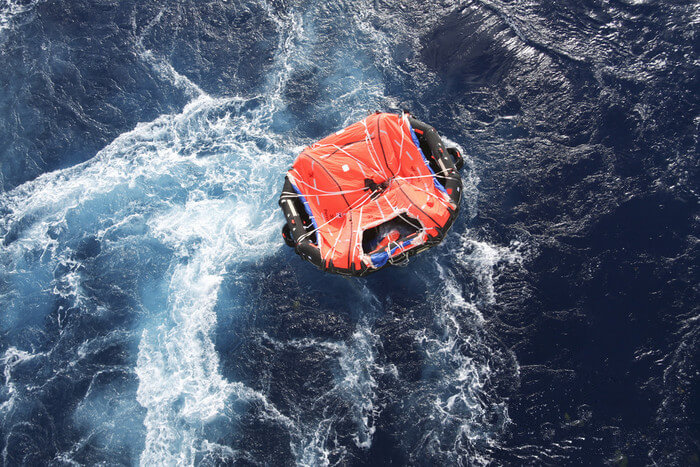
Conclusion
The integration of inflatable life rafts with other marine life-saving equipment represents a significant advancement in maritime safety. This comprehensive approach ensures that all critical aspects of survival—location tracking, signaling, thermal protection, and fire safety—are addressed effectively. Through adopting these integrated solutions, maritime operators can create a robust safety framework that enhances the protection of crew and passengers, ultimately saving more lives during maritime emergencies.


